Small cups of takeout coffee are popular in Australia! Is it reasonable to reduce the quantity of take-out coffee without lowering the price?
Professional coffee knowledge exchange more coffee bean information please follow the coffee workshop (Wechat official account cafe_style)
Australians' love of coffee is well known, but recently, Australians who are serious about coffee seem to be planning to shrink their takeout coffee cups. Experts from the Australian boutique coffee industry (Australian Specialty Coffee industry) say that in the next few years, Australian takeout coffee is bound to be smaller than before in order to meet the standard of taste consistent with restaurant coffee.
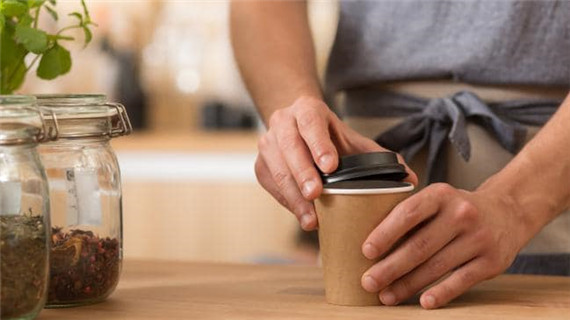
In this commercial world where people all over the world are pursuing "quantity increase without price increase", is there such an operation of "reducing quantity without lowering price"? What is going on with the coffee colleagues in Australia?
It looks like a good deal, but it's a loss.
It is reported that at present, the size of the serving cups offered in Australian coffee shops are 160 ml and 200 ml, which can usually be filled with a cup of espresso and then filled with milk, while a large cup of coffee with 320 ml needs to be filled with double espresso and then filled with milk. "the best ratio of espresso to milk will make customers feel the balance and harmony between espresso and milk, resulting in a delicious cup of coffee," explained the Australian coffee industry. "but this taste does not exist in the current takeout coffee, because all takeout cups are 70 milliliters more than the standard cup, which means that baristas need more milk (or water). In this way, the taste of coffee will become more milky and less coffee flavor. "
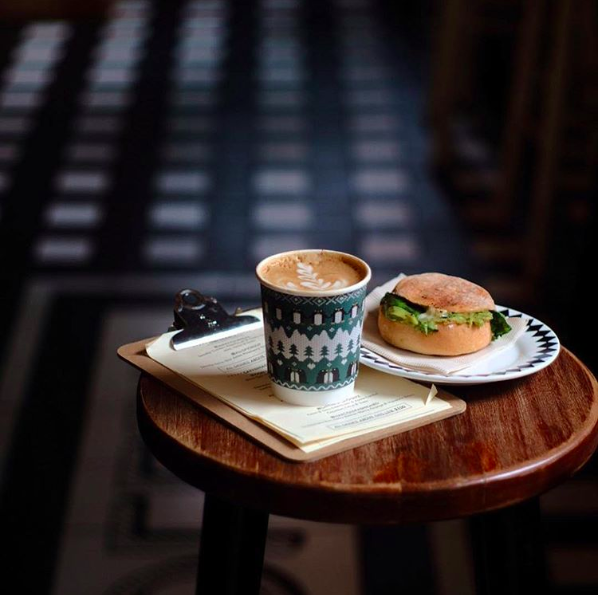
It is reported that the standard take-out coffee cup commonly used in Australian coffee shops is 285ml, while the large cup is 400ml. Although on the surface, consumers spend the same amount of money, they drink more "coffee" than in the shop. But in fact, the taste of the coffee you drink is greatly reduced. Therefore, people in the coffee industry in Australia believe that the specifications of take-out coffee cups should be the same as those in the store, both 160ml, 200ml, 240ml and 320ml, so as to bring customers a better coffee experience. for example, there are more choices and the waiting time will be shorter.
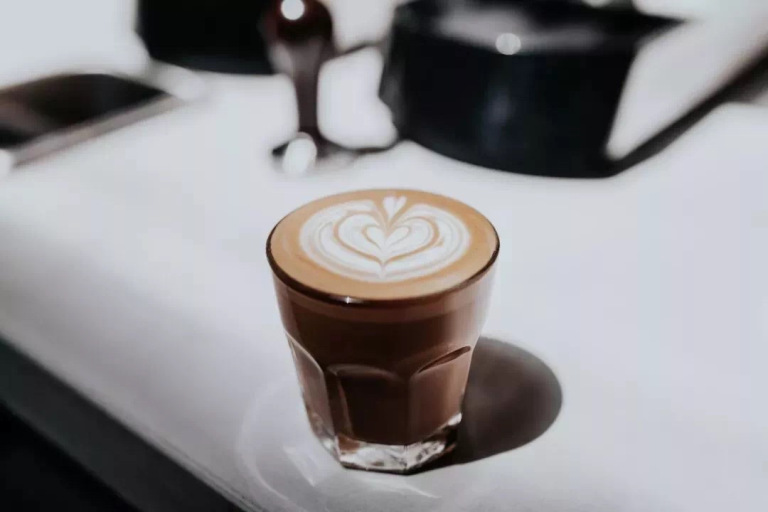
Small cups of takeout coffee are in vogue
In fact, the unconventional behavior of "reducing the quantity but not reducing the price" of take-out coffee cups has become popular in Australia. The takeout cups used in some Australian cafes seem to be getting smaller, and the size of a takeaway cup called "precision cup" is becoming popular, according to the Australian News Network. In fact, some professional coffee shops have begun to use this "precision cup" to provide takeout service. Perhaps consumers' first reaction is that they have been "cheated", but in fact, this way of "sacrificing" the size of the cup actually improves the quality of takeaway coffee and brings better coffee taste to "coffee fans".
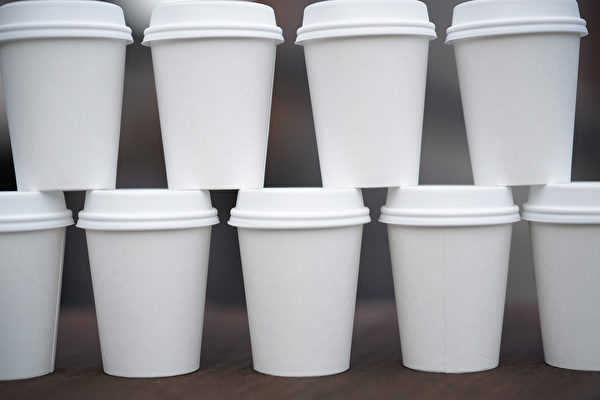
People in the local coffee industry say that more Australian coffee shops will use such "precision cups" in the future, because the previous takeout cups, despite their large capacity, are not nearly as good as the same taste of coffee drunk in coffee shops. "Unfortunately, so far, our takeout cups are not the same size as the mugs and coffee cups in the store," but in the next decade or so, you will see smaller takeout cups everywhere. Although it takes some consensus for people to accept this, as soon as they taste the coffee in the new takeaway cup, they will immediately understand the truth. "
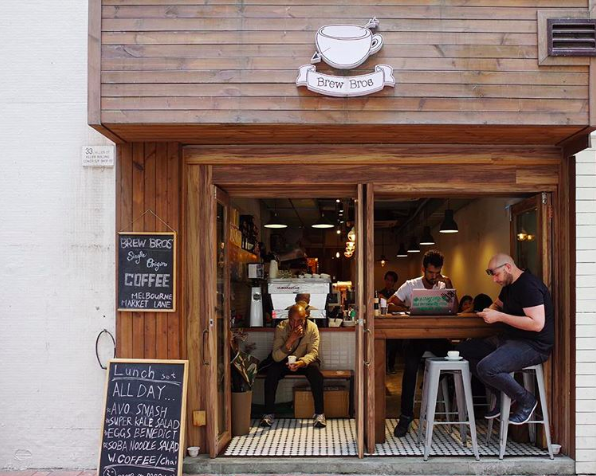
People in the local coffee industry say that it is only a matter of time before all Australian coffee shops accept such small takeout coffee cups, because Australians are more concerned about the taste of take-out coffee than the price. "it (small takeaway coffee cups) has appeared in some special coffee shops because the quality and taste of coffee there have been fixed in people's minds, and the taste of takeout coffee has not changed." Grande said.
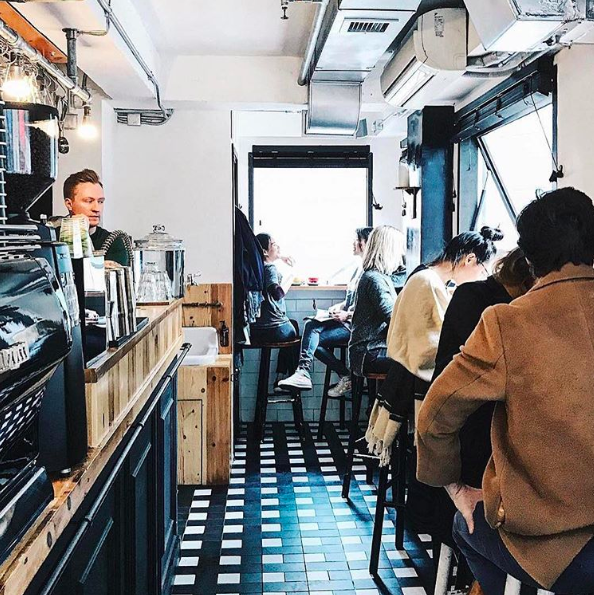
Australia: a country soaked in coffee cups
According to statistics, the average Australian consumes 2.4 kilograms of coffee every year. Coffee is everywhere in Australia. Coffee is sold in a variety of ways, not only in cafes and pastry shops, restaurants and bars, but also during the day. You can even buy coffee in ice cream parlors, sushi shops, bookstores and florists, as well as open-air coffee stands in flea markets. If you use Google Maps to search CBD for "cafe" in major cities, there will be hundreds of coffee shops. And most importantly, the quality of almost every coffee shop is very high, to what extent? High enough to drive Starbucks away.
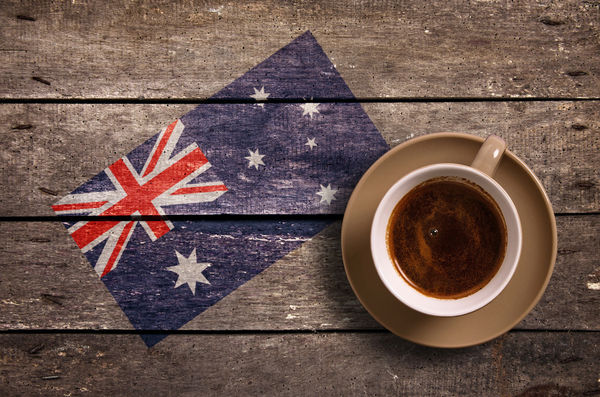
Australia's first Starbucks opened in Sydney's CBD in 2000, and then rapidly expanded to 87 across the country, but the good times didn't last long, when Starbucks had to close 61 stores in 2008. Today, Starbucks has only 35 stores in Sydney (15 stores), Queensland (10 stores) and Victoria (10 stores) in Australia, and almost only tourists visit. Compared with the Chinese market, which has more than 3500 stores in 148 cities, it is a great failure.
In fact, Starbucks' Australian defeat can be explained. There is no denying that the quality of Starbucks coffee is absolutely guaranteed, and the new products launched from time to time are also very eye-catching. But the fast-food coffee culture advocated by Starbucks does not have much market in Australia, a place that pays attention to the taste of coffee. Australia's mature coffee culture comes from a large number of European immigrants, especially Italians, which not only brings coffee knowledge and baking skills, but also makes Espresso, Latte and Cappuccino gradually integrate into Australian life, plus Greeks, Turks and Hungarians. Immigrants have formed a unique and mellow belief in coffee in Australia, which is why Australia and Italy have become "Starbucks' only two defeated countries."
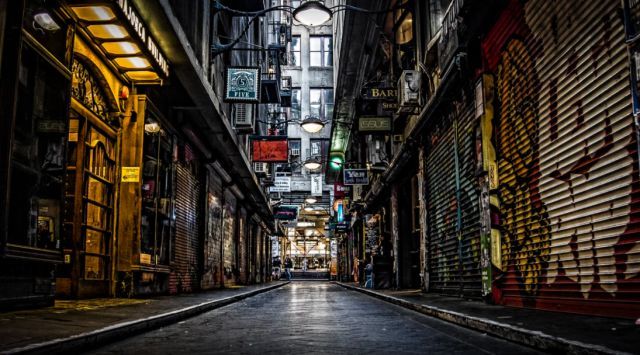
In fact, this kind of business behavior of Australians may be difficult for others to understand, but if you understand Australian coffee culture, then you will understand why Australians can calmly accept "reduced and non-bargaining" takeout coffee.
If it were you, would you accept a cup of coffee with a large volume but less coffee, or would you rather drink two less mouthfuls and pursue a cup of coffee with the best proportion?
Part of the source of pictures and text reference: Australia and New Zealand
END
Important Notice :
前街咖啡 FrontStreet Coffee has moved to new addredd:
FrontStreet Coffee Address: 315,Donghua East Road,GuangZhou
Tel:020 38364473
- Prev

Here is the winning list for the finals of the first National barista Professional skills Competition.
Professional coffee knowledge exchange more coffee bean information please follow the coffee workshop (Wechat official account cafe_style) good news! Good news! After three months of intense competition, the final result of the 2018 China skills Competition, the first National Barista Professional skills Competition, has finally arrived. Which team won the final victory? At an exciting moment, the barista shows off his elegant demeanor.
- Next
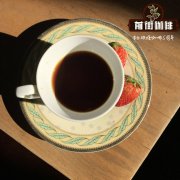
What is the price of Kenyan coffee? The present situation of coffee market in Kenya
For more information on coffee beans, please follow the Coffee Workshop (Wechat official account cafe_style) in 1878, the British brought coffee to Africa and set up a coffee plantation in Kenya in the 19th century, when coffee drinks from Ethiopia were imported to Kenya through South Yemen. But it was not until the beginning of the 20th century that the bourbon coffee tree was saint. Austin Mission (St
Related
- Cudi stores ban other brands of coffee?! Netizen: No problem
- Is it better to make coffee cold or hot? Why is it recommended to drink hot coffee?
- Lucky people collapsed! The store ceiling is full of AI surveillance cameras?!
- Law Enforcement Bureau? Mixue Ice City enters Zhengzhou BRT platform!
- Heavy! Nestlé has been exposed to consider selling blue bottle coffee!
- Compensation of 270 million yuan! Starbucks has been charged with violating labor laws more than 500,000 times!
- What are Xizhao coffee beans? Why did they become champion beans? How to rush to the manor on the dividing line in Colombia?
- What does channel effect mean in coffee? Why are there holes in the coffee powder cake?
- How much do you add to the milk for latte, Australian white and cappuccino? What is the ratio of coffee to milk between latte and frill?
- What is the cause of coffee astringency? Why does the brewed coffee feel astringent?

